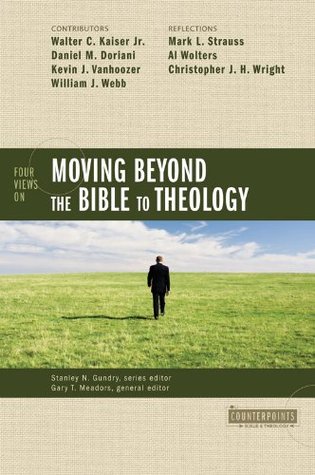Discourse projects a world “in front of” the text—a possible state of affairs or a possible way of looking at things that readers can contemplate or imagine. To understand a text, then, is to engage the world “in front of” it, the world it dangles in front of the reader’s wondering eyes. So, too, with Scripture: we achieve understanding not by processing its information but by “inhabiting” the world it projects.
If pastor-theologians minister understanding then we must not only give information but direction and shaared experiences of inhabiting the world that the text projects.


